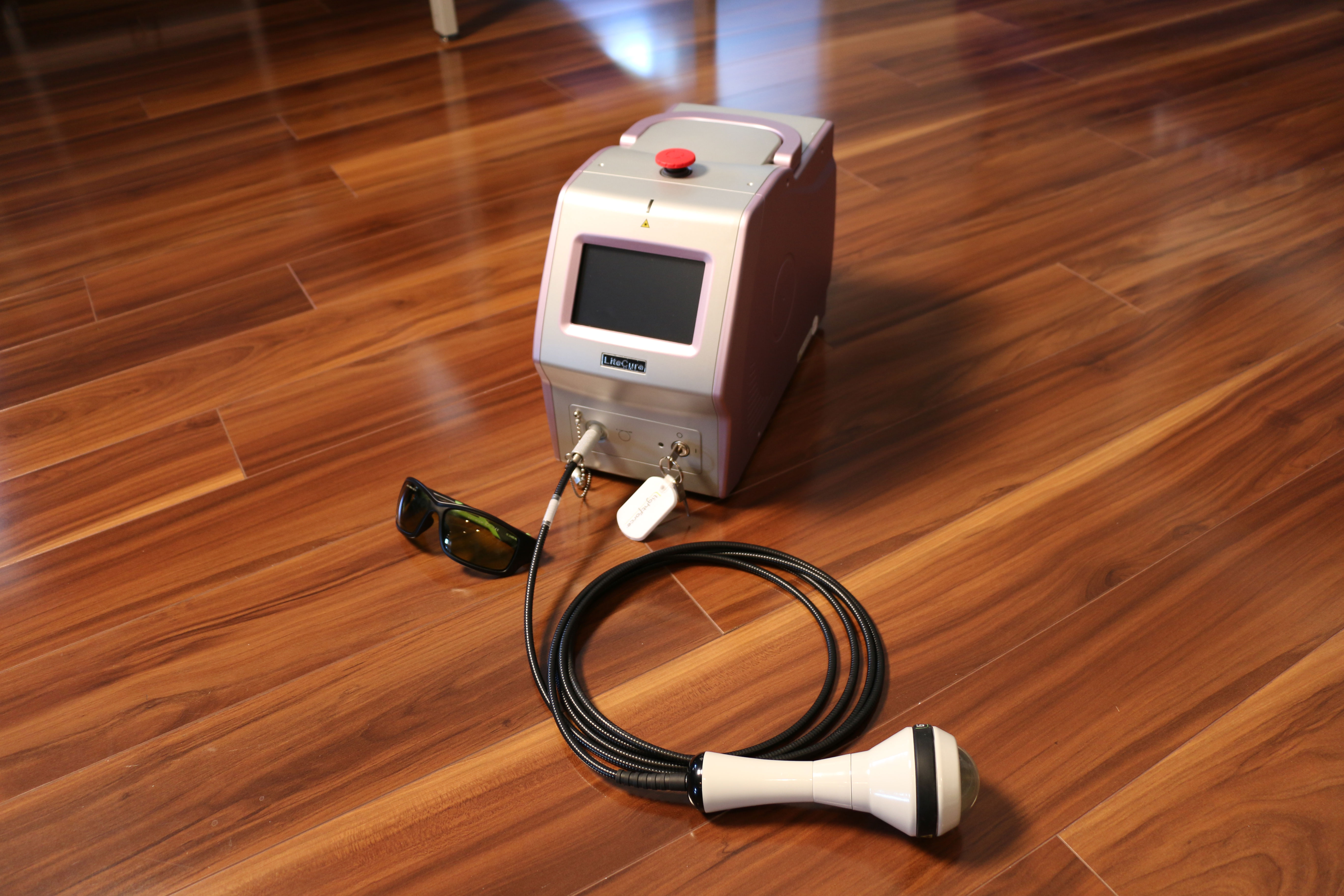If you experience pain on the bottom of the foot near the heel, you certainly aren’t alone. It is estimated that about 10% of the U.S. population experiences this pain, resulting in approximately 1 million doctor visits per year. Often times, the pain is worst in the morning, with gradual improvement seen throughout the day as the tissues stretch out. In order to understand what causes this aggravating pain, let’s take a look at some of the anatomy that is involved.
The plantar fascia is a band of tissue that spans between the bottom of the heel and the metatarsal bones of the foot. The role of this tissue band is to provide stability to the foot as well as help distribute weight evenly through the foot, acting as a form of shock absorption from the impact of daily activities such as walking. The Achilles tendon, which attaches to the back of the heel, is very close to the plantar fascia attachment on the bottom of the heel. Therefore, when treating plantar fascia, evaluating the calf muscles and Achilles tendon for dysfunction must come into consideration.
Concerning what actually causes plantar fasciitis, it is important to determine if there is a structural or functional issue. Structurally, those with so-called “flat feet” have a higher chance of getting plantar fasciitis because there is more tension on the plantar fascia due to loss of the foot arch. Functionally speaking, looking at the person’s gait (how they walk) can provide insight into the potential cause of their pain, with excessive pronation being a common cause. Heel spurs are commonly touted as the cause of plantar fasciitis, but this isn’t always the case. Yes, there are people who will have plantar fasciitis and a heel spur present, but there are just as many who have plantar fasciitis with no evidence of a heel spur. Also, there are people who have heel spurs with perfectly functioning, pain-free fascia.
 There are a few ways to approach treatment of plantar fascia in a conservative manner. Here at the Springfield Wellness Center, the two most common forms of treatment are Graston Technique and Deep Tissue Laser. Graston helps to remove any adhesion in the muscles or fascia, which deep tissue laser penetrates deep to combat inflammation and accelerate the healing process. These, in combination with dynamic stretches and exercises, allow the tissues to return to their normal function, which in turn takes care of the pain. If you have heel pain and are interested in function-based, conservative treatment without the use of medication, contact the Springfield Wellness Center at 217-726-0422.
There are a few ways to approach treatment of plantar fascia in a conservative manner. Here at the Springfield Wellness Center, the two most common forms of treatment are Graston Technique and Deep Tissue Laser. Graston helps to remove any adhesion in the muscles or fascia, which deep tissue laser penetrates deep to combat inflammation and accelerate the healing process. These, in combination with dynamic stretches and exercises, allow the tissues to return to their normal function, which in turn takes care of the pain. If you have heel pain and are interested in function-based, conservative treatment without the use of medication, contact the Springfield Wellness Center at 217-726-0422.
-Dr. Pat
